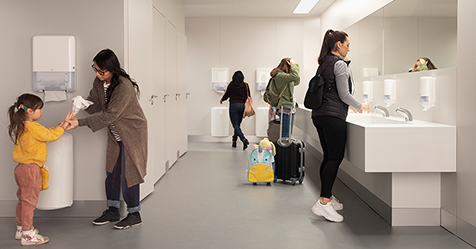Study Finds Copper Bed Surfaces Resist Germs
Copper bed rails harbor 95% less bacteria than plastic rails
Hospital beds are among the most contaminated hospital surfaces, requiring frequent cleaning to remove high levels of bacteria, according to the American Society for Microbiology. A new study published in the journal Applied and Environmental Microbiology, found that copper hospital beds in intensive care units (ICUs) harbored less germs than traditional beds, helping to cut the rate of health care-acquired infections.
The study compared the contamination levels of ICU beds with copper rails, footboards, and bed controls to beds outfitted with plastic surfaces. Nearly 90% of the samples taken from the tops of the plastic rails had concentrations of bacteria that exceed levels considered safe. Not only did the samples taken from copper beds have an average of 95% fewer bacteria than conventional beds, the surfaces of copper beds also remained relatively germ-free throughout a patient’s hospital stay.
Although hospital bedrails and bed control buttons may contain the most germs, environmental services (EVS) staff are trained to thoroughly clean all bed surfaces, including the top, underside, back, sides, and legs—plus the entire bedside table. Learn the correct method to clean a hospital bed.


